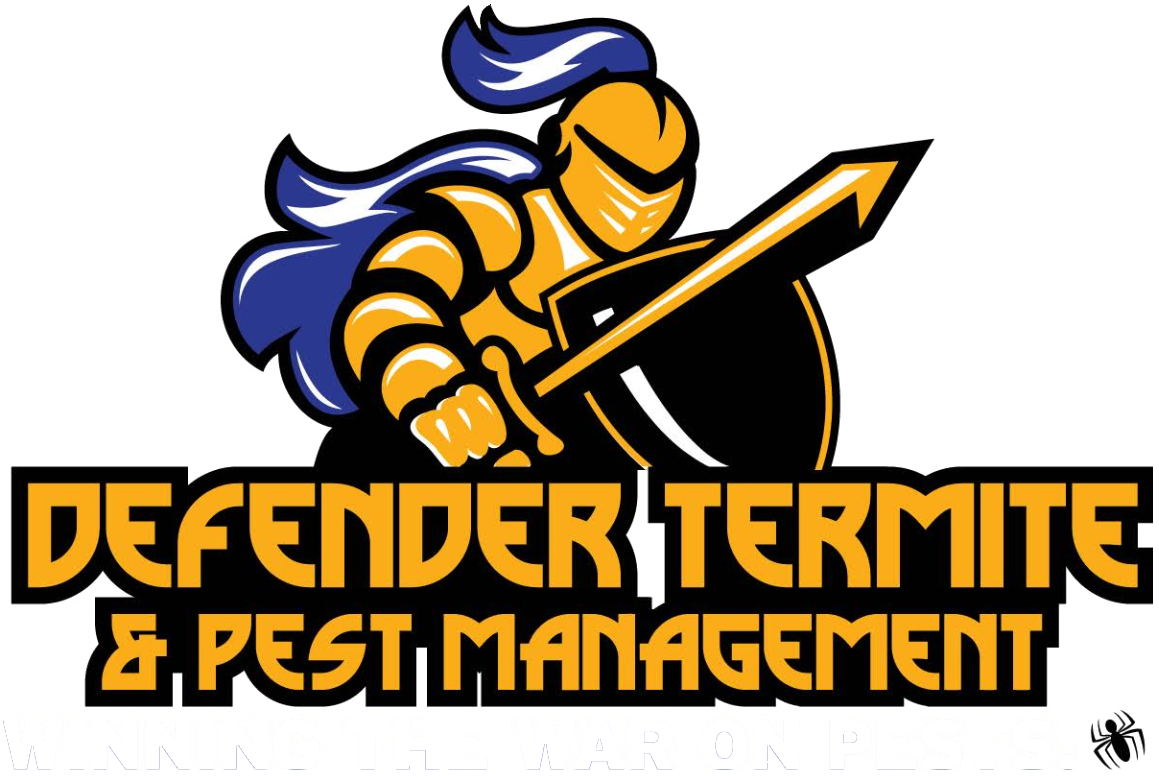Termite FAQ
Termite Control Services
PEST FREE GUARANTEE
Contact Us Today For A Free Estimate
WHAT IS THE DIFFERENCE BETWEEN SEC. 1 & 2 ON THE TERMITE REPORT?
There are two different sections to the termite report, section 1 and section 2. Also, a termite report and a clearance are two separate things. The report could detail the specifics about the property as well as items that need to be replaced or repaired. This could also give you the potential costs for termite repairs. The clearance however, is the document you will receive from the termite company after the items noted in the report are completed or corrected. The report is typically for the homebuyer to decide how to proceed in the transaction.
A termite inspection report will look for more intricate things than simply termites. It will require reports on any dry rot, leaks, fungus or any other type of pests. It’s not necessarily about finding the insects but damage that insects have cause or ripe environments that could invite insects. One of the most confusing parts of a termite report are the two sections stating different outcomes.
Section 1 include problems in areas of concern that need to be immediately addressed. These are items that the seller should be responsible for and get fixed before you move in. If the home has some serious rot issues that may cause damage to the foundation or safety or hazard issues to the homeowner, these should be addressed before you close on the property.
Section 2 are items that are not current problems but could become problems later on if unattended. As section 1 is a responsibility for the seller, section 2 may be a responsibility for the buyer later on. It may not be a problem right now but if it is not taking care of in the future it could become a problem. This means that the siding may have a little bit of wear and tear and if not fixed within the next five years could cause a pest problem.
HOW LONG DOES AN INSPECTION TAKE?
The average termite or pest inspection takes approximately forty-five minutes to one and half hours for a thorough inspection, depending on the size and condition (e.g. clutter; storage of personal items, etc.) of the home and property.
WHAT DO THEY LOOK FOR IN A TERMITE INSPECTION?
A termite inspector looks for visible signs of termite infestation, including wood damage, mud tubes, discarded wings, termite exit holes and termite droppings. Your inspector also will look for moisture issues and wood-to-ground contact that can be conducive to termite activity.
HOW DO TERMITES ENTER THE HOME?
The most common termite, the subterranean termite builds its nest in the ground. These termites construct mud tubes, which are used to explore for food and Connect their underground nest to that food source. They can enter a building Without direct wood contact with the soil through such tubes (fig: 5) Termites can Enter through cracks, expansion joints, hollow bricks or concrete blocks around Plumbing. They can find their way into a structure through an opening as small as 1/32 of an inch. Depending on the type of building structure (fig: 6), whether constructed with slab, Basement, or crawl space foundations, can be a target for termite infestation.
HOW MANY DAYS IS A TERMITE INSPECTION GOOD FOR?
The official termite certification document may be referred to as a wood-destroying organisms report (WDOR or WDIR), official wood infestation report or clearance letter. Where termite reports are required by the state or by a lender, the report typically must be dated within 30 days of closing.
DO VA LOANS REQUIRE A TERMITE INSPECTION?
According to the VA, “A wood destroying insect inspection is required in low-rise and high-rise units only when the fee appraiser observes a potential problem.” … On a VA purchase loan, borrowers in all but nine states are not allowed to pay the pest inspection fee.
Here are the states that require it:
Alabama, Arkansas, Arizona, California, Connecticut, Delaware, Florida, Georgia, Hawaii, Iowa, Illinois, Indiana, Kansas, Kentucky, Louisiana, Massachusetts, Maryland, Mississippi, Missouri, North Carolina, Nebraska, New Jersey, New Mexico, Nevada, Ohio, Oklahoma, Pennsylvania, Rhode Island, South Carolina, Tennessee, Texas, Utah, Virginia, West Virginia
DOES THE FHA REQUIRE A TERMITE INSPECTION?
Currently, FHA does not require a termite (AKA wood destroying pest) inspection unless the appraiser notes evidence of current or previous termite infestations. … In that event the lender will require a copy of the report and require any deficiencies to be corrected.
PEST Services
